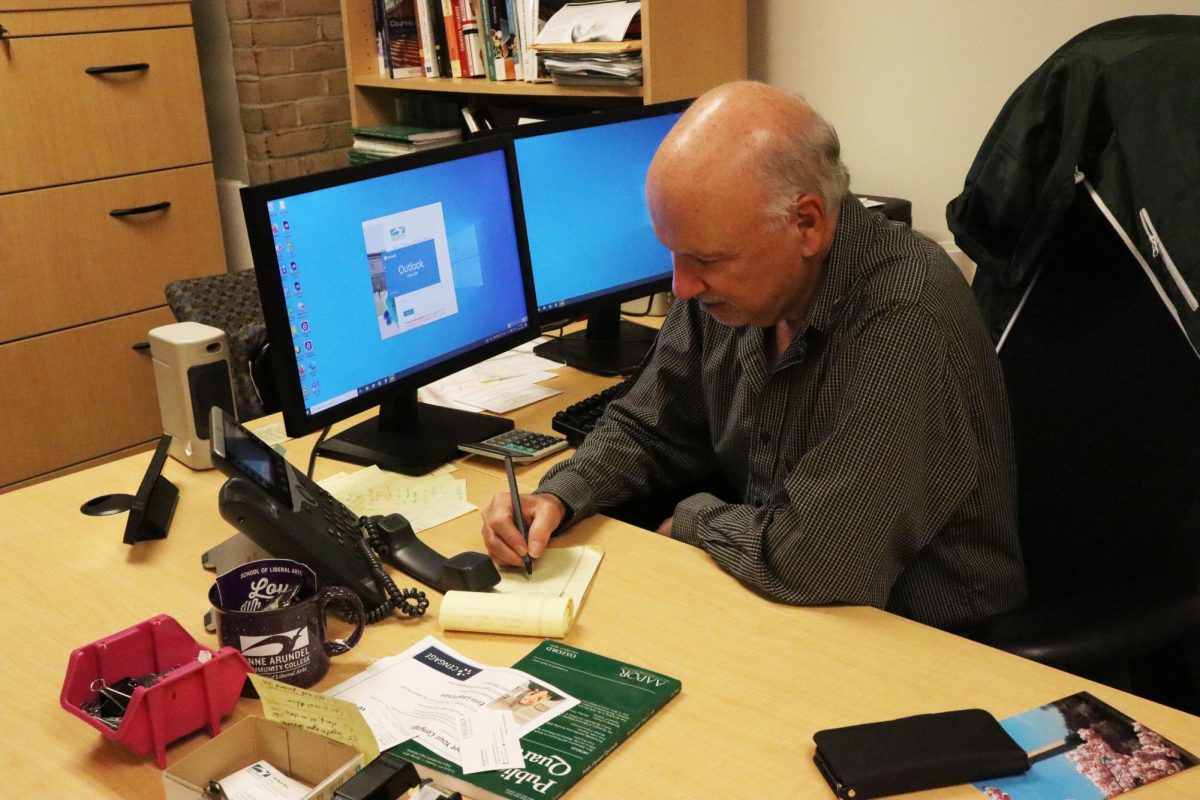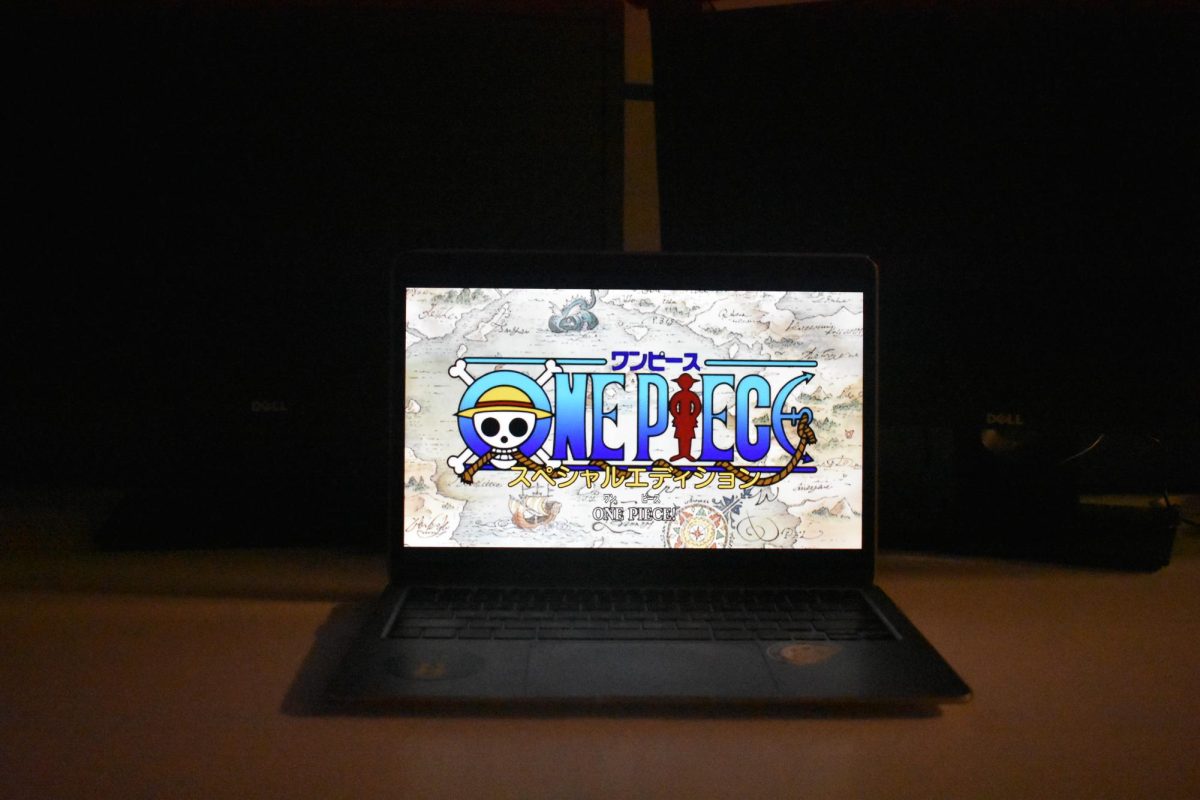Students in some physical therapy, paramedic, nursing, EMS and EMT classes get hands-on medical experience with actors who are paid to pretend to be patients.
Called “standardized patients” by college employees, the actors mimic the behavior of real patients and offer feedback to students about their bedside manner.
“It’s an invaluable piece of training [for students],” Tina Clark, director of AACC’s Emergency Medical Services Department, said. “A mannequin can only go so far.”
Students in those programs are required to take classes that use the paid actors.
“Everything is not black and white,” Clark said. “If all [the students] ever do is do a check sheet, they miss that human interaction.”
Instructional specialist Trisha Wanamaker agreed. “Adding the human touch really brings together every aspect of medicine,” Wanamaker said.
Broadcaster and former AACC student Steve Hopp, one of the paid actors, agreed.
“You can’t have any interaction with a mannequin,” Hopp said.
First-year paramedic student Alli Chite said standardized patients make the classes “more realistic.”
“The actors have been really great,” Chite said. “[They] stayed in character the whole time.”
Standardized patients give advice that students otherwise won’t receive, according to Clark.
“Standardized patients can tell students how they’re being treated as patients, so it helps [them] work on affective behavior,” Clark said. “We are all taking care of patients [in] which you can’t open a door and say, ‘How did I do?’”
Retired AACC employee Debby Hopp, another paid actor and Steve Hopp’s wife, said it’s “better” to learn in a simulated environment.
“[The students] don’t have to go out and deal with real patients yet,” Hopp said. “They [will] feel more comfortable if they make mistakes.”
AACC used to outsource actors from other colleges, according to Justin Gyurik, the director of laboratory and simulation education.
“Before we had our own pool of standardized patients, sometimes faculty would have to play the part of standardized patients or we would have to outsource to other pools like University of Maryland, and that gets very expensive,” Gyurik said. “We [had] to pay administrative fees plus their hourly fee.”
Gyurik said using faculty instead of paid actors as standardized patients didn’t work as well because it didn’t give students “the shock of working on a stranger.”
“[Faculty] are people that the students are already used to,” Gyurik said. “They need practice … dealing with patients that might have some type of mental issue that they might not be expecting.”
AACC funds standardized patients through a federal grant, according to Gyurik.
“In the future, we are trying to get the funding integrated into our yearly budget, not through the grant,” Gyurik said. “Then we will be able to hire students and … work with, like, the theater department.”









